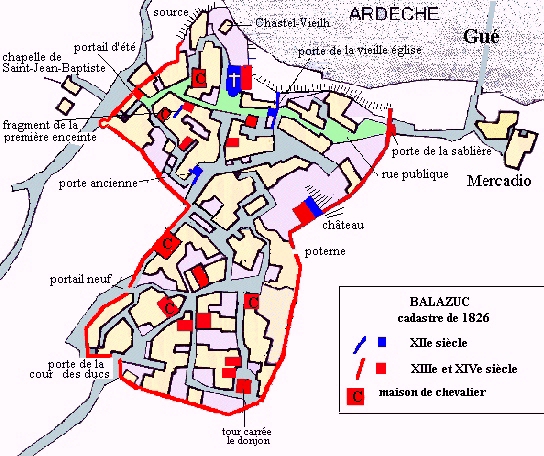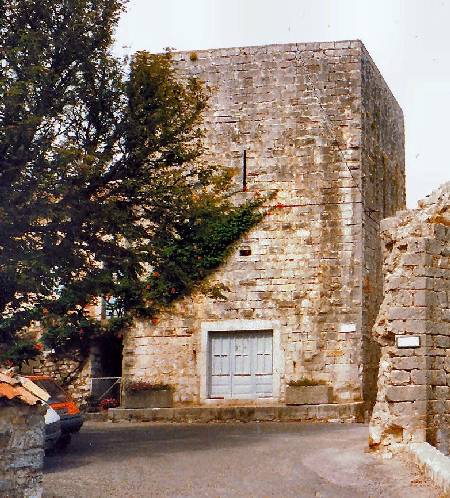 |
 |
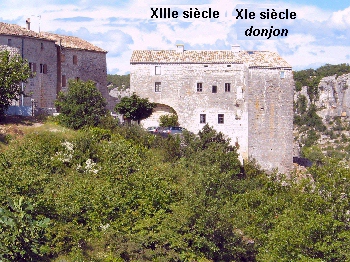
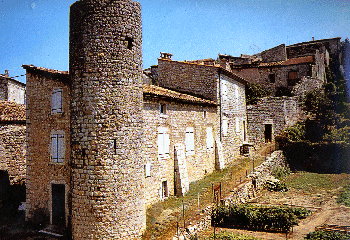 |
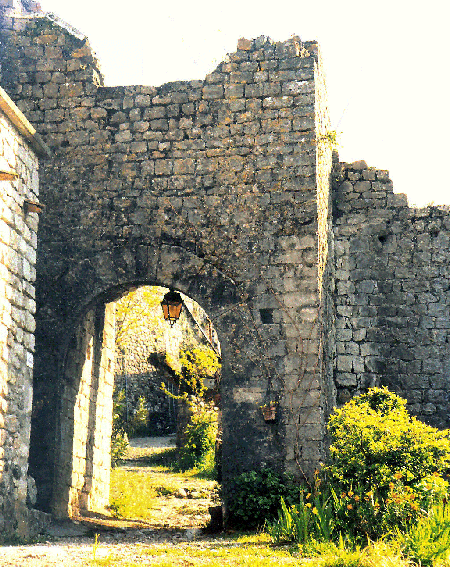 |
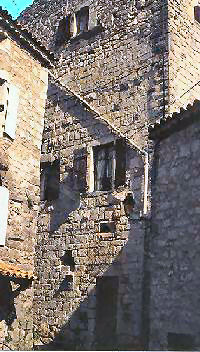 |
The Old Square
Up to the end of the 11th century, this was the heart of the village, near
the Old Church and on the lane leading from the Summer Gate to the Sand Quarry
called "Public Street" in 1464. Notice and admire the mullioned windows, medevial
booths, and the old municipal notice board, carved out of the rock.
The Chateau.
This large building without particular character surmounts the rocks. A first construction, a donjon, was built in the same time than the first rampart in the 11th century. It was changed in the 13th centuries with new constructions. This was the residence of the lords of Balazuc after they abandoned the old chateau known as Chastel-Vieilh.
 |
 |
 |
 |
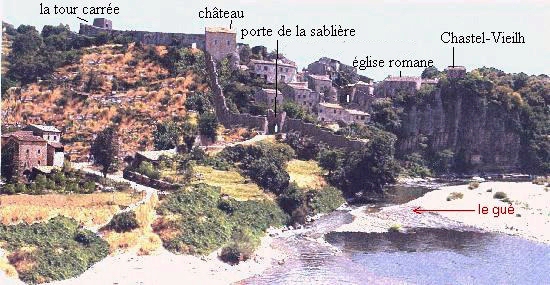 |
Balazuc conserves many vestiges of its powerfull medieval walls. Larges portions
of these still existe, intact or pierced with windows, this makes much of
its charm. The 12th and 13th centuries were troubled times of between the
Cathares (or Albigeois) and the kings of France. Many towns and villages
became fortified.
The first rampart
Two of the oldest gates remain, one below the Old Church, on the path leading
down to the river, the other near the centre ; it is protected by a lateral
loophole. A portion of the wall is still visible, incorporated in the wall
of a house.
This wall was probably built in the 11th century with the first keep, a part
of the actual castle.
Few vestiges of it remain as many of its stones were reem-ployed in later
buildings. The area fortified was small and limited to the lower part of the
village around the romanesque Old Church.
The second rampart
This wall enclosed an area three or four times larger than the first. It was
built during the 13th century with a new keep (the Square tower), a fortress
near the Old Church, the houses known as the "knights' houses" and
the enlargement of the castle , to receive the court of the lords of Balazuc.
The fortified part called "Castrum" in a document of 1464,
gave security to the rich families of the village and its sur-roundings, including
artisans and local peasants.
During the Hundred Years War, this wall was a protection from the bands of
"Routiers", brigands who devasted the countryside.
